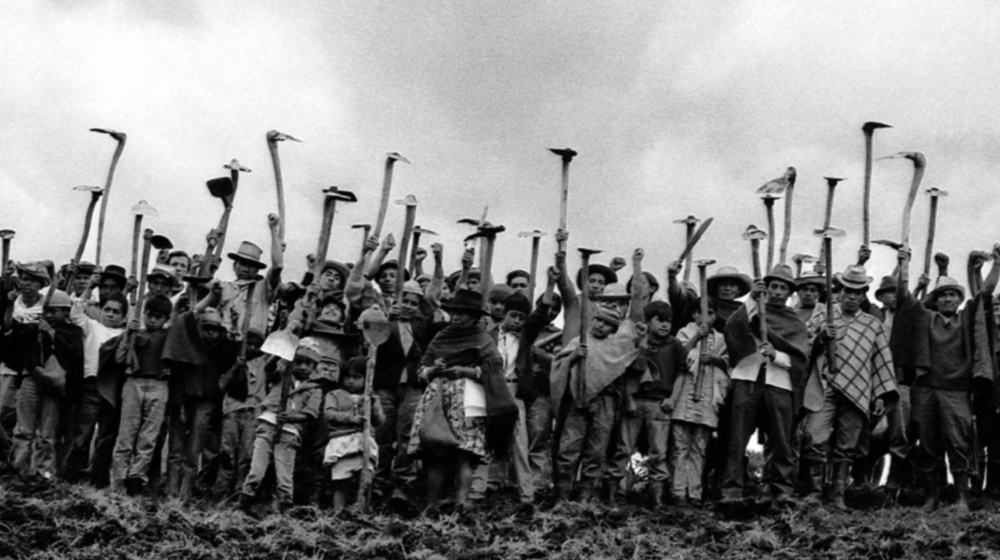Composed of myths, ghosts, ideology and poetry, this film was created from the experience of five years of committed work in collaboration with the Indigenous Community of Coconuco and the CRIC (Regional Indigenous Council of Cauca). According to Silva, it was crucial to integrate magical beliefs within the film's discourse. "From that universe they were representing the forms of domination as symbols, symbols from the conquest until today, and it gave us the chance to illustrate the long, complex process by which a group goes from submission to organisation".
Marta Rodríguez, a student of Jean Rouch and trained in anthropology, and her partner, photographer Jorge Silva, started out with the idea of turning cinema into a tool for culture and criticism. For this reason, they have dedicated all their work to portraying the social struggles of peasants and indigenous people in Colombia. The long periods of research and production, as well as the involvement and participation of the communities in the process of making and editing the films, have been constant in their quest to combat official colonial history through popular memory and political action.
Nuestra Voz de Tierra, Memoria y Futuro, Marta Rodríguez and Jorge Silva, Colombia, 1981, 16 mm, 108'.
Digital projection. Copy courtesy of Arsenal.
